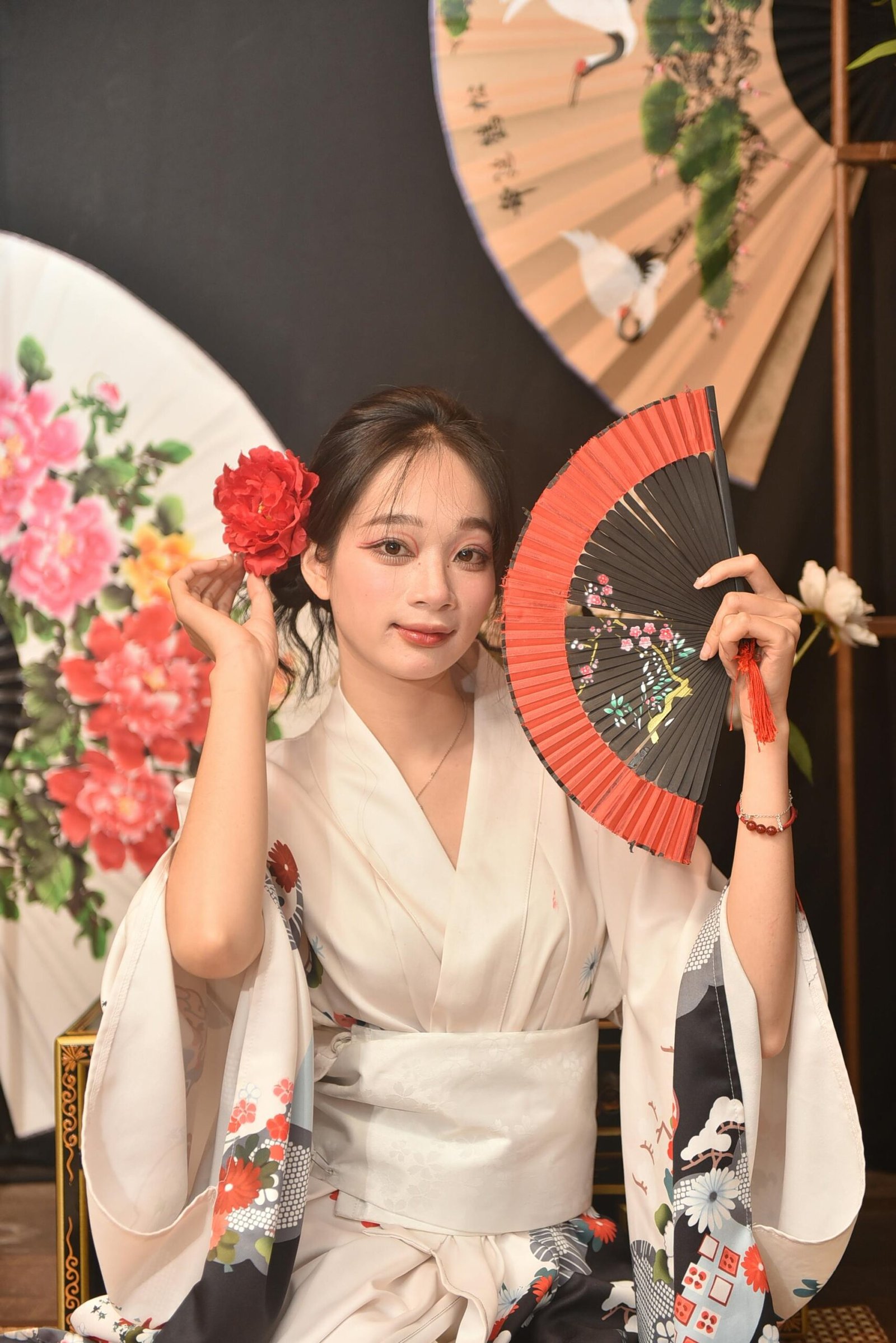Discover how the art of Japanese walking blends tradition, grace, and elegance into modern pageantry—where every step tells a story. 🇯🇵✨
✨ Explore the Legacy & Style of Japanese Walking 🌟
Japanese
A Gentle Stroll Through Time
The way someone walks can reveal a lot about who they are—and nowhere is this truer than in the world of pageants. But when it comes to walking with intention, grace, and ancestral elegance, Japanese walking, or aruki kata (歩き方), stands in a league of its own.
Rooted in centuries of tradition and perfected through cultural arts such as Nihon Buyō (classical Japanese dance) and Geisha training, Japanese walking is far more than putting one foot in front of the other—it’s an expression of identity, harmony, and cultural respect.
Let’s explore how this timeless walking style has gracefully stepped into modern pageants, and why its legacy still captivates audiences worldwide.
🏯 Origins of Japanese Walking: The Art Behind the Steps
In traditional Japanese culture, walking was never about haste. Every movement was deliberate, symmetrical, and carried symbolic weight. For instance:
- Geishas were trained from a young age to glide softly in their zōri or geta sandals, maintaining an upright posture and minimal foot lift.
- Samurais walked with awareness of their sword placement, aligning posture with discipline.
- Kabuki and Noh actors practiced slow, measured steps to express emotion through bodily restraint.
This walking style is best described as subtle, grounded, and elegant—contrasting the dramatic sashay of Western-style runway walks.
👑 How It Integrates Into Pageants
The pageant world prizes poise, control, and expressiveness. Japanese walking techniques, when adapted into pageantry, offer a unique elegance and cultural depth that sets contestants apart.
Here’s how:
1. Posture Is Power
Japanese walking emphasizes a tall, upright posture with shoulders back and chest open—creating an aura of calm confidence. Contestants who adopt this style often appear more serene and composed on stage.
2. Grace in Every Step
Rather than stomping or striding, Japanese walking uses soft, gliding steps. In pageants, this translates to controlled movements that exude elegance—perfect for evening gown segments.
3. Mindful Presence
Each step is intentional, teaching contestants to be present in their movement. This not only improves stage presence but also aligns beautifully with modern wellness-focused values in pageantry.
4. Fusion of Styles
Many modern pageant coaches blend Japanese walking with Western catwalk training. The result? A hybrid style that’s refined, memorable, and emotionally resonant with audiences and judges alike.
🌏 Cultural Appreciation, Not Appropriation
In the global world of pageants, showcasing cultural heritage is not just welcome—it’s celebrated. Contestants with Japanese roots often honor their ancestry by incorporating traditional walking styles during:
- National costume walks
- Introductory presentations
- Talent or cultural showcase segments
However, it’s essential to approach such integration with respect and understanding. Learning from authentic practitioners or coaches with cultural knowledge ensures a genuine and respectful representation.
💃 Training the Japanese Way
So, how can aspiring contestants learn the art of Japanese walking?
✨ Join a Traditional Dance Class
Nihon Buyō or Bon Odori classes are an excellent gateway. These dances teach spatial awareness, rhythm, and balance.
✨ Practice Mindfulness
Focus on breath and body control. A slow, deliberate walk across a room—while imagining you’re gliding through a serene Zen garden—can do wonders for posture and presence.
✨ Use Props
Training with a fan or walking in a kimono or yukata helps improve arm placement and gait.
🌸 Inspiring Icons Who Walked the Walk
Several pageant queens and cultural ambassadors have embraced Japanese walking to elevate their stage presence:
- Ariana Miyamoto, the first biracial Miss Universe Japan, often highlighted Japanese grace in her runway presentations.
- Yuki Koshikawa, a rising star in international pageants, has brought attention to classical walking styles through her talent routines.
Their performances prove that tradition, when embraced authentically, can redefine modern elegance.
🥇 Why It Still Matters Today
In a world rushing toward the future, slowing down is a statement.
Japanese walking reminds us that grace isn’t loud. That stillness can be powerful. And that cultural traditions have a rightful place on global stages—not as novelties, but as timeless arts worth preserving.
Whether you’re a pageant contestant or simply someone who wants to walk through life with more poise, there’s a lot to learn from the centuries-old steps of Japanese walking.
Disclaimer
This blog is intended for informational and educational purposes only. The views expressed are personal opinions or general insights, not professional or legal advice. Readers should do their own research or consult relevant professionals before taking action based on this content.
#JapanesePageantStyle #JapaneseWalking #PageantTraining #GracefulWalking #NihonBuyo #CulturalElegance #Carrerbook#anslation#PageantPoise #WalkLikeAQueen #PageantLegacy #ModernGeisha #PageantTips #AsianBeautyTraditions #PageantWalk #KimonoCulture #EleganceInMotion


Leave a Reply